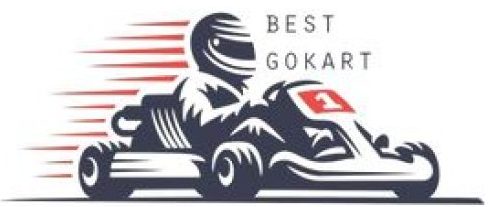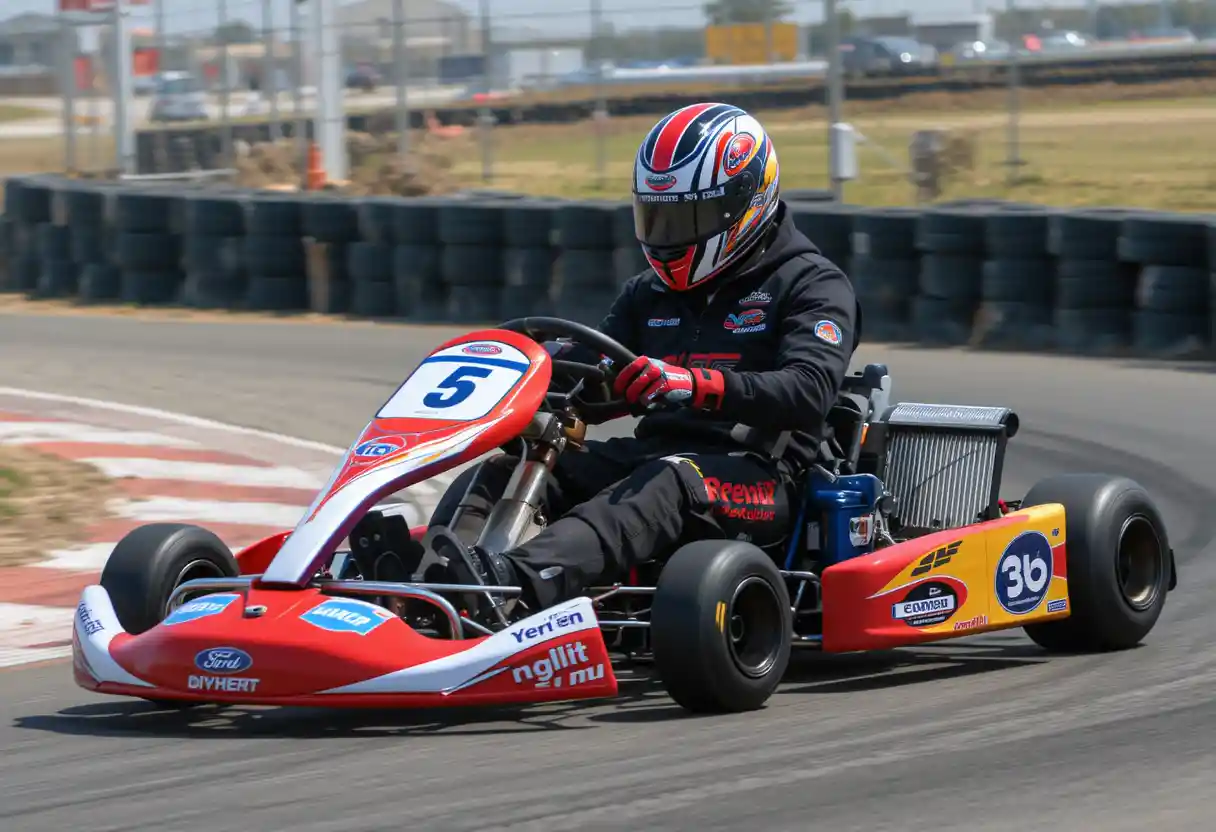How Fast Is a 200cc Go Kart?
When people search for how fast is a 200cc go kart, they’re usually trying to figure out whether this type of kart suits their need for speed—whether that’s for competitive racing, recreational fun, or simply curiosity about performance. A 200cc go kart sits in the high-performance category, and understanding its speed potential requires looking at engine type, track conditions, and driver skill.
Let’s break down exactly how fast a 200cc go kart can go, what affects that speed, and what to consider if you’re thinking about owning or racing one.
Average Top Speed of a 200cc Go Kart
The speed of a 200cc go kart is largely determined by whether it’s powered by a 2-stroke or a 4-stroke engine:
| Engine Type | Average Top Speed | Typical Use |
|---|---|---|
| 2-Stroke | 110–120 mph (177–193 km/h) | Professional racing, tuned performance |
| 4-Stroke | 65–75 mph (105–120 km/h) | Competitive leagues, endurance racing |
A well-tuned 2-stroke 200cc kart can reach speeds above 120 mph, but it requires expert handling, specialized tracks, and professional-level maintenance. Most drivers will encounter 4-stroke 200cc karts, which trade a bit of raw speed for smoother power delivery, better control, and more accessible racing formats.
Why Engine Type Matters So Much
The main reason speed varies between 2-stroke and 4-stroke 200cc engines lies in the combustion cycle:
- 2-Stroke Engines produce power every single piston revolution, making them more explosive and faster to accelerate. This results in blistering straight-line speed but can make the kart harder to control at high RPMs.
- 4-Stroke Engines generate power every other piston revolution, giving a more balanced and predictable acceleration curve. While slightly slower, they’re more durable, fuel-efficient, and easier to manage in competitive settings.
In short: 2-stroke equals raw, aggressive power, while 4-stroke equals consistent, race-friendly performance.
Factors That Affect a 200cc Go Kart’s Speed
Even with the same engine displacement, speed can differ dramatically based on several key factors:
1. Kart Weight
A lighter chassis allows quicker acceleration and higher speeds, while heavier setups can slow you down—especially in tight turns.
2. Driver Weight
The combined weight of the driver and kart impacts acceleration and top speed. Competitive leagues often have minimum weight rules to keep races fair.
3. Track Layout
A track with long straights will let you hit higher speeds, whereas tight corners and short sprints keep the kart from reaching its top speed potential.
4. Tuning and Gearing
Adjustments to gear ratios, tire pressure, and engine tuning can add or subtract several mph from your performance.
5. Maintenance
A poorly maintained engine will never reach its designed top speed. Clean air filters, fresh oil, and proper chain tension make a big difference.
Where You’ll See 200cc Go Karts in Action
200cc karts aren’t the most common class in competitive karting, but they do have a strong presence in certain leagues and events:
- Rental Tracks with Performance Packages – Some venues offer 4-stroke 200cc karts for experienced drivers.
- Amateur Racing Leagues – Particularly those running Briggs & Stratton World Series engines.
- Private Racing – Enthusiasts who own and modify their own karts often push them to their limits.
If you’re planning to race, check your local track’s regulations—many will restrict maximum displacement or only allow specific engine models.
Safety Considerations at High Speeds
Reaching speeds above 70 mph in a lightweight kart is thrilling, but it comes with serious risks. Here’s how to stay safe:
- Wear a Full-Face Helmet – Protect your head from both impact and windblast.
- Use a Racing Suit and Gloves – Adds a layer of protection against abrasion.
- Check Your Brakes Before Every Run – High speed is nothing without reliable stopping power.
- Learn Track Etiquette – Avoid collisions by respecting racing lines and overtaking rules.
Is a 200cc Go Kart Right for You?
A 200cc go kart is an exciting choice for experienced drivers looking for speed without jumping into the more extreme shifter kart category. If your goal is competitive racing, a 4-stroke 200cc setup is usually the most practical. If you’re chasing top-end performance for private use, a tuned 2-stroke might be more your style—but be prepared for a steep learning curve.

